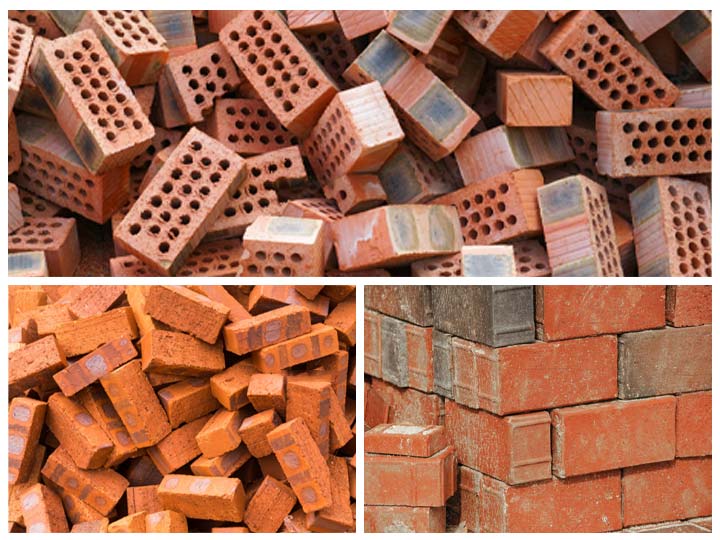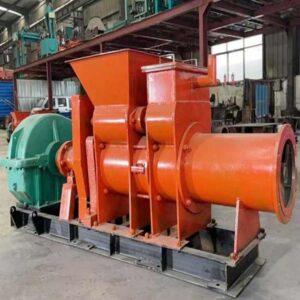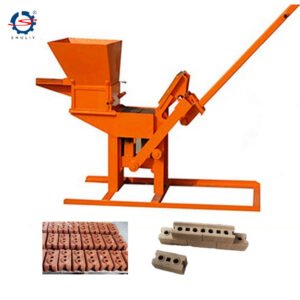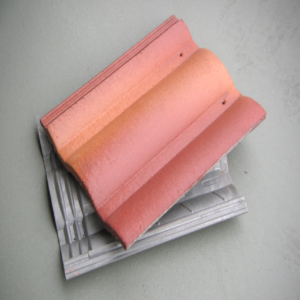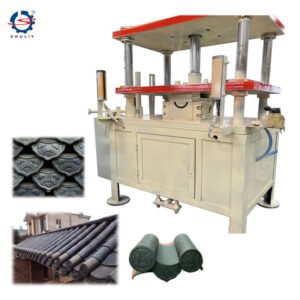When building houses and designing paths in the yard, bricks are purchased for construction. Bricks come in two different colors: red bricks and cyan bricks. Some people choose cyan bricks for the harmony and unity of the color of the yard when buying bricks. When buying bricks and tiles, you should first understand the characteristics of clay bricks and tiles. Here are some precautions for choosing cyan bricks.
The details of choosing cyan bricks
1. Size error: When buying cyan tiles, pay attention to check the specifications. Products with a size error greater than 0.5 mm and a surface flatness greater than 0.1 mm are unqualified products. Unqualified cyan tiles will affect the difficulty of construction and also affect the decoration. After the effect.
2. Color difference: due to the rich surface color of cyan tiles, it is difficult to ensure the same color of each batch of cyan tiles due to various reasons. When buying a large number of cyan tiles at one time, we must compare the color difference. Prevent the obvious difference in the color of the blue tiles and affect the overall effect of the decoration.
3. Water absorption rate of cyan tiles: When buying cyan tiles, pay attention to the water absorption rate. The high-quality cyan tiles have a very low water absorption rate. cyan tiles with a high water absorption rate will cause surface cracking and peeling off of the whole wall due to thermal expansion and contraction. If the cyan tile does not indicate the water absorption rate, you can use tea and water droplets on the back of the brick. After a few minutes, observe the degree of diffusion. The less water is absorbed, it indicates that the water absorption rate is low and the quality is better.
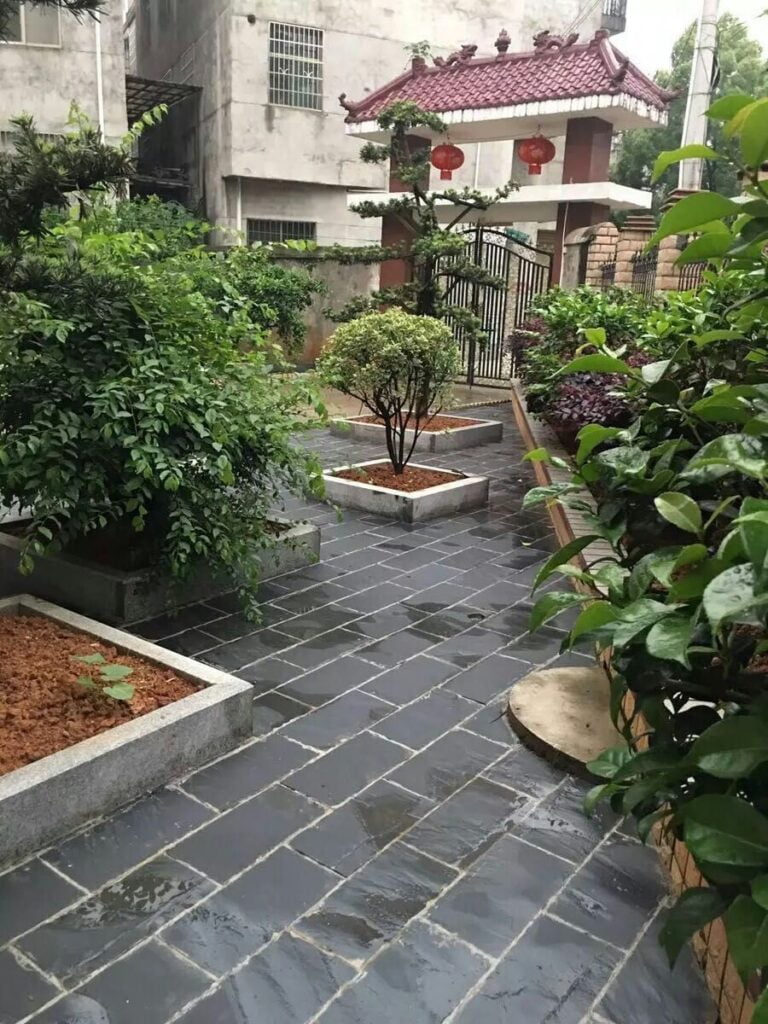
4. Cyan tile texture density: Observe from the side whether the brick surface is flat, whether there are pinholes of uneven thickness, and you can tap the cyan tile to listen to whether the sound is crisp, which indicates that the brick has a high texture density and better hardness.
5. Brick surface glazing: judging the thickness of the brick surface glaze layer can be used to scratch the surface of the brick with a hard object. If there are scratches, it indicates insufficient glazing. The thinner glaze layer on the surface of the cyan tiles is easy to hide dirt and difficult to clean up. Some unglazed tiles are not suitable for laying in a damp and airtight environment, because the pores on the bricks absorb water vapor and cannot disperse. Cause mold to appear.
6. Product qualification certificate and product material inspection report.


